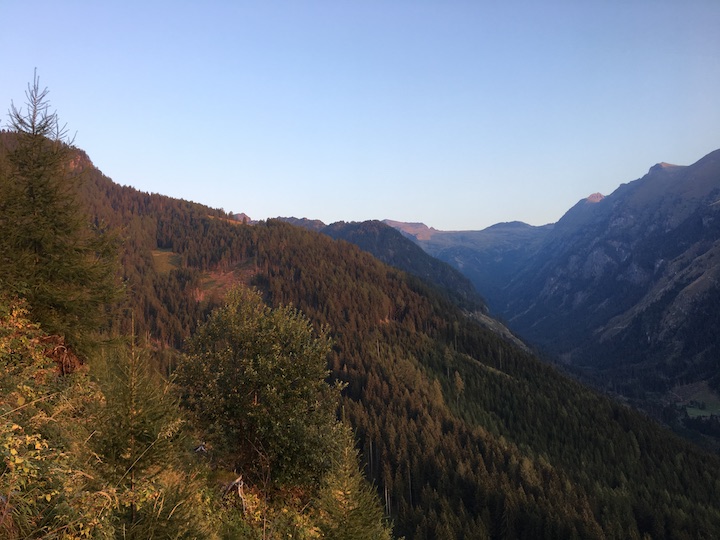
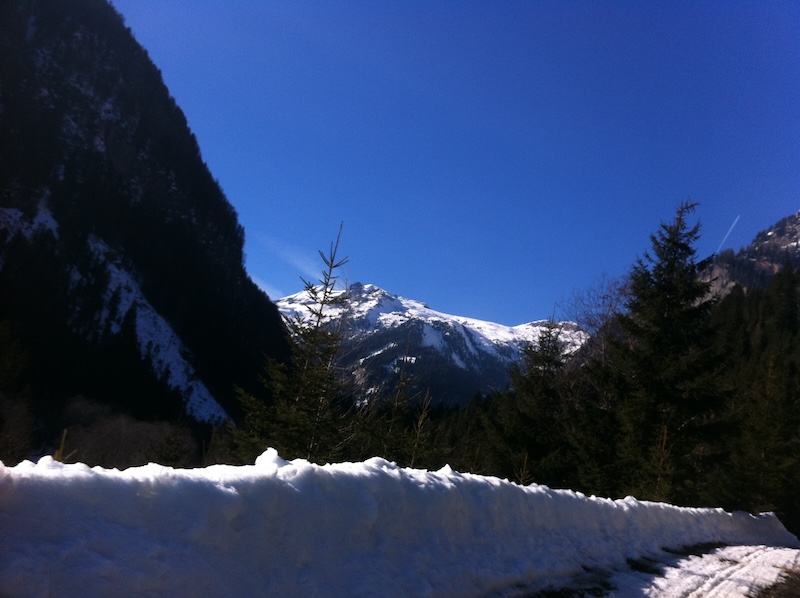
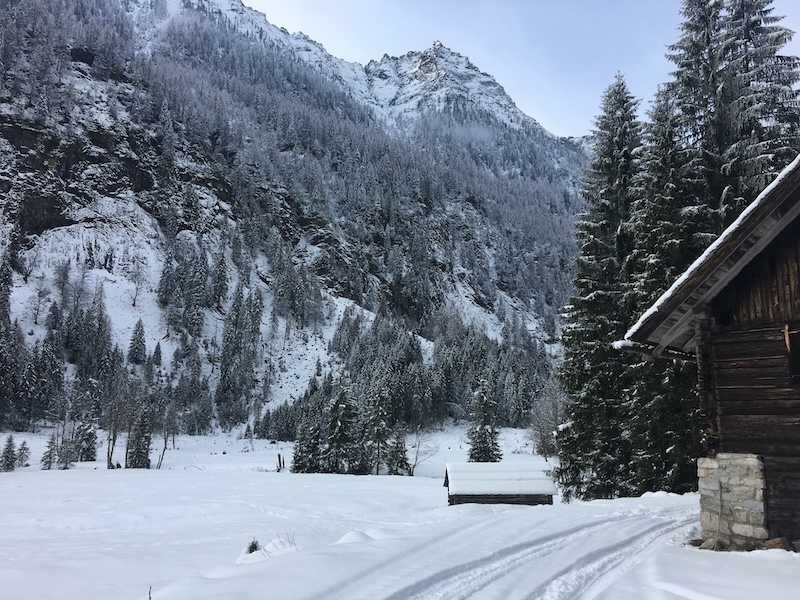

Radlgraben is a glen framed by striking summit structures stretching from east to west in the Reißeck group, the final south-eastern massive of the Hohe Tauern, the highest mountain range in the Austrian Alps.
The Radlgraben Forest, covering an area of over 1,400 ha owned by ASfG, a private Austrian company, ranges from about 900m asl in the east to about 2,300m in the west.
The productive and non-productive forests grow mainly on steep to very steep N-NE and S-SW slopes, covering 80% of the area. The Radlgraben Forest includes exclusive fishing rights throughout the Radlbach, an unspoilt wild torrent in the trout region, and its side streams, flowing down to the the Lieser river.
The Climate
The climate is continental. Different climatic conditions characterise Radlgraben Forests depending on sea-level, exposure and slope-gradient, ranging from mountain to subalpine and alpine altitudes. Mean annual air temperature at 1,000m asl is 5.8°C, whereas each 100m asl variation is ± 0.5°C. Mean total annual precipitation 1,000-1,500 mm.
The Soils
The Radlgraben Forest subsoil composition ranges mainly from granite to tonalite gneiss, with calcareous phyllite or mineral-rich mica schist or also quartzite and amphibolite to be found occasionally in certain areas. Large amounts of alluvial gravel have been deposited along the valley (in side ditches).
From these mostly acidic silicate rocks, humic, loamy, sandy, partially slightly podzolised brown soils of very different thicknesses have emerged.
On large areas, the soils have been covered by rockslide debris, caused probably by earthquakes. Here, the forest thins out and young plants sometimes find it difficult to grow. Other areas have relatively well-stocked forest stands.
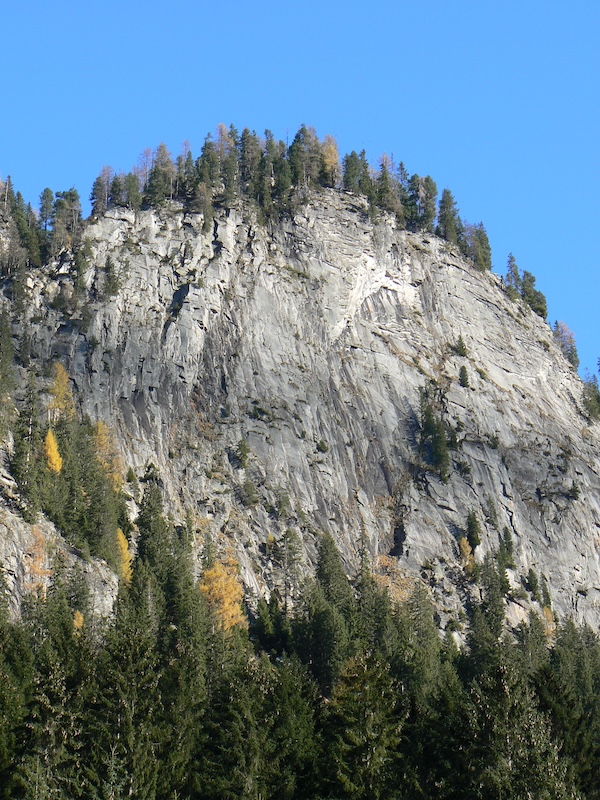
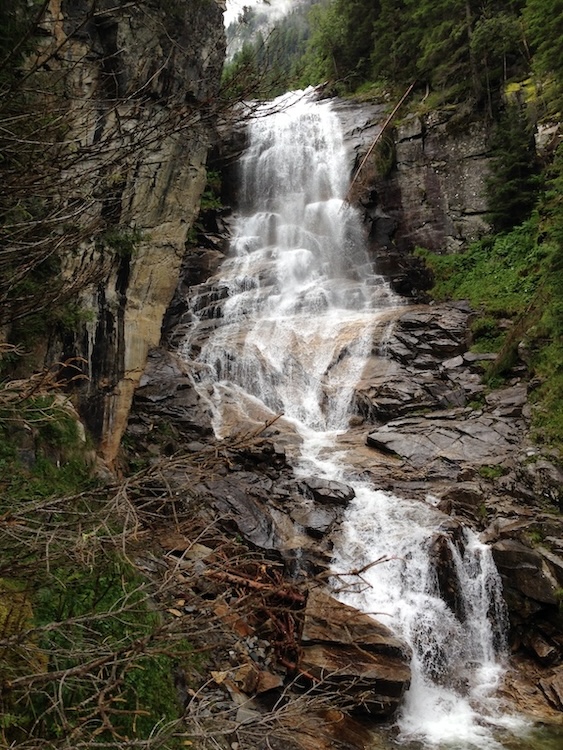
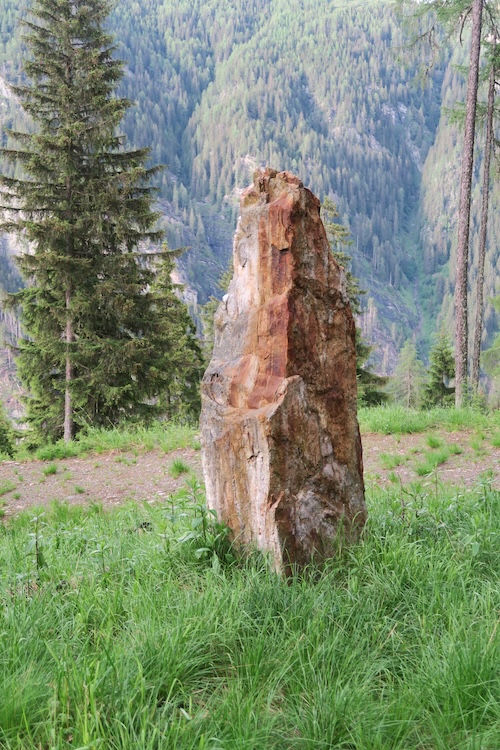
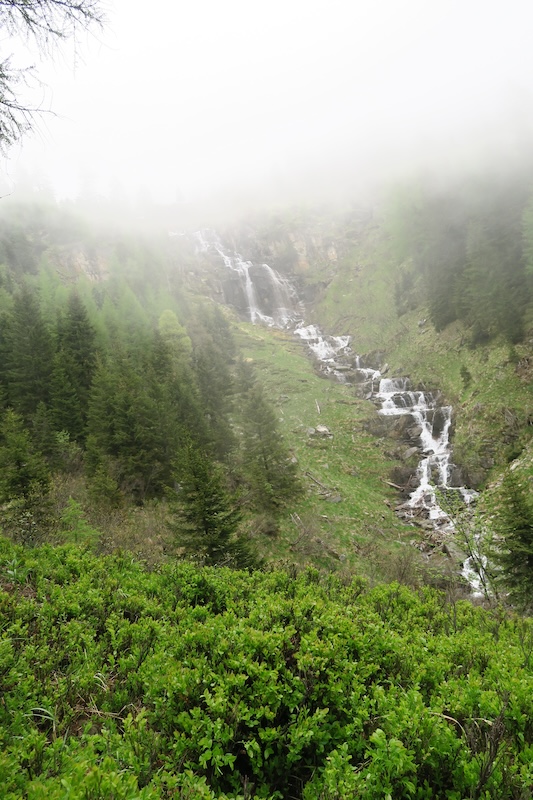
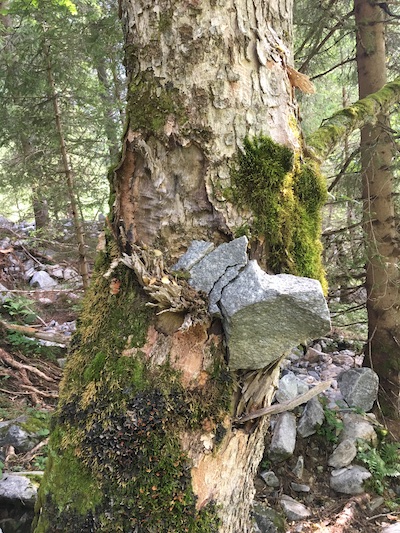
The Forest
Productive forests and non-productive protective forests, which grow on steep to very steep slopes, often crossed by ditches or rock faces, reach far into the valley westward.
Radlgraben Forest contains areas with both little or no human influence and disturbances and areas where the impact of global and local anthropogenic pressures can be clearly observed.
In the former, old, natural species-rich, multi-level forests have been preserved. These areas serve as valuable reference sites for the observation of forest soil development and for the study of mature fungal flora and mycorrhiza.
In other areas, forests have been heavily impacted by anthropogenic pressures such as a) past mining activities, b) outdated productivity-driven forestry practices, c) agropastoral activities and d) management of ungulate populations above the natural carrying capacity. All have been adversely impacting biodiversity and the natural soil characteristics.
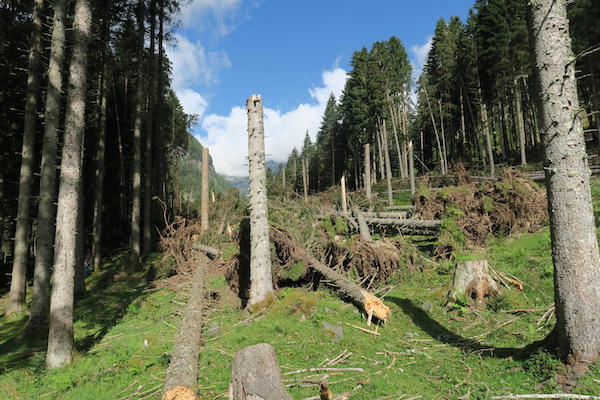
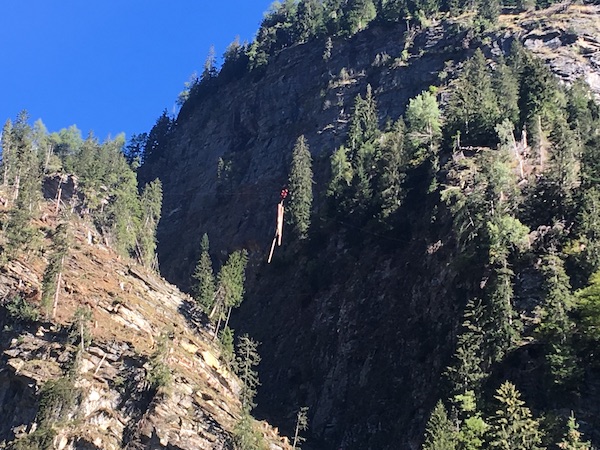
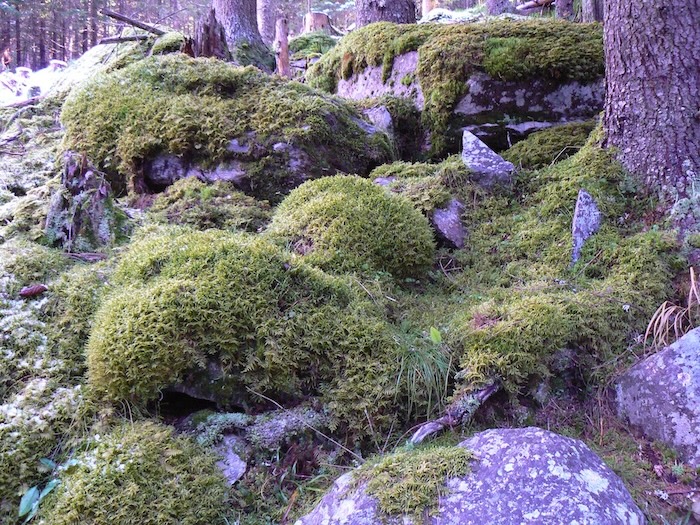
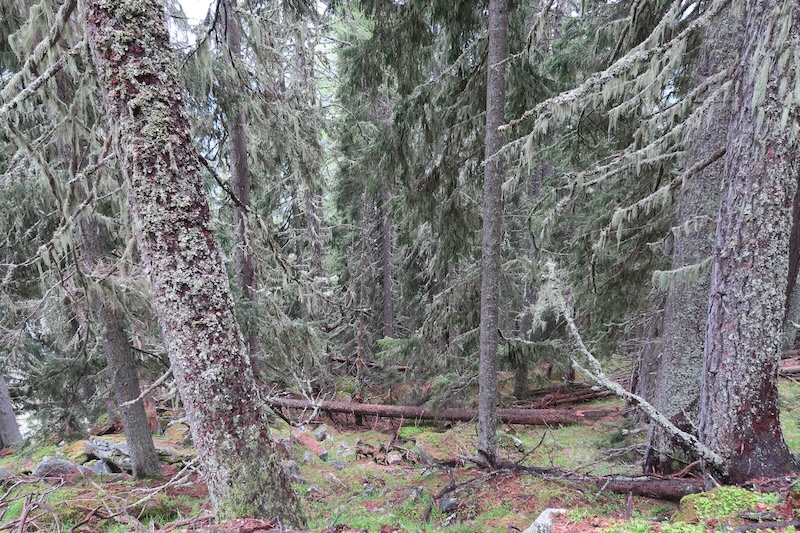
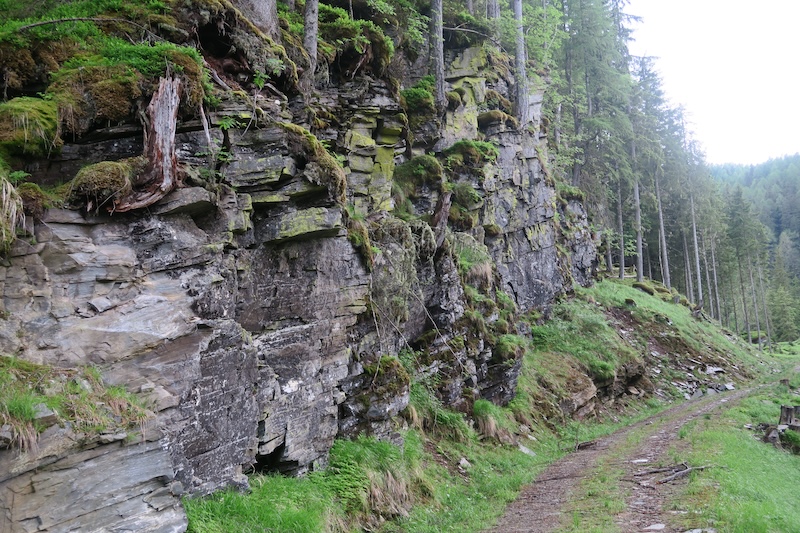
Ever since massive wood extractions took place for the production of charcoal for mining (a gold mine and a smelter operated until the beginning of the 19th century) forests in Radlgraben have been under strong anthropogenic pressure. The consequences, in the more accessible sites, are the predominantly same-age structure of the monotonous spruce forest stands. Also because of productivity driven afforestation practices some types of wood, such as fir and some hardwoods (e.g. the sycamore and the elm) have been pushed back. Only the larch has been able to assert itself well particularly in the protective forest.
Over the last decades the spruce forests are under heavy stress from natural disturbances, primarily wind throws and large-scale bark beetle outbreaks.
The Radlgraben Forest for Ecosystem Research
The effects of today’s climate and environmental crisis, especially acute on alpine ecosystems, are strongly impacting the area (besides wind-throws and bark beetle outbreaks also rock falls, flood events and landslides).
Radlgraben Forest is already deeply committed to NbS and to ecosystem research, i.e., being part of academic-led initiatives for the development of biodiversity technologies (BioDivTecs).
Cutting-edge approaches combining biological and ecological field methods, such as eDNA analysis and audio-sensing, with technologies such as geoinformatics, remote and proximal sensing and data transmission, should be tested and developed within the Radlgraben Forest to capture the local biodiversity, (micro-) climates, geomorphological characteristics and ecological processes.
Key ecosystems characterise the area: forests, wetlands, high altitude ecosystems and fresh water. These framework environments offer favourable conditions for addressing research topics.
Reference sites with little or no human influence and disturbances offer excellent conditions for long-term ecosystem and natural process investigations (e.g. soil formation, syn-dynamics, successions, disturbance and resilience ecology, phenological phenomena, mosaic cycles of climax ecosystems, altitude levels and climate change, ecosystem and vegetation history and soil development).
Ecosystem research will be supported by further systematic investments in biodiversity, biotic and abiotic natural space inventories (e.g., complete genetic inventories, geomorphological and hydro-morphological registers, phytosociological data recordings).
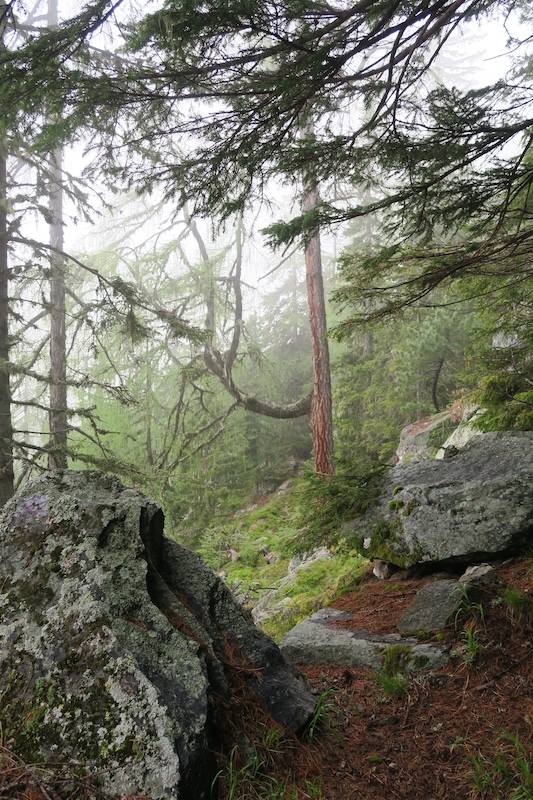
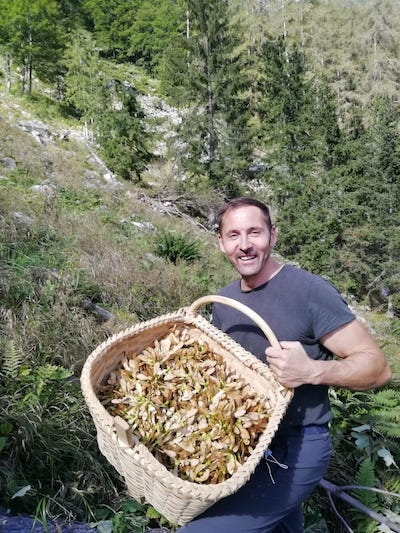
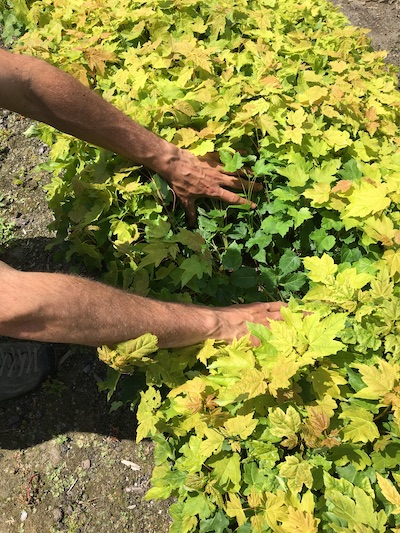
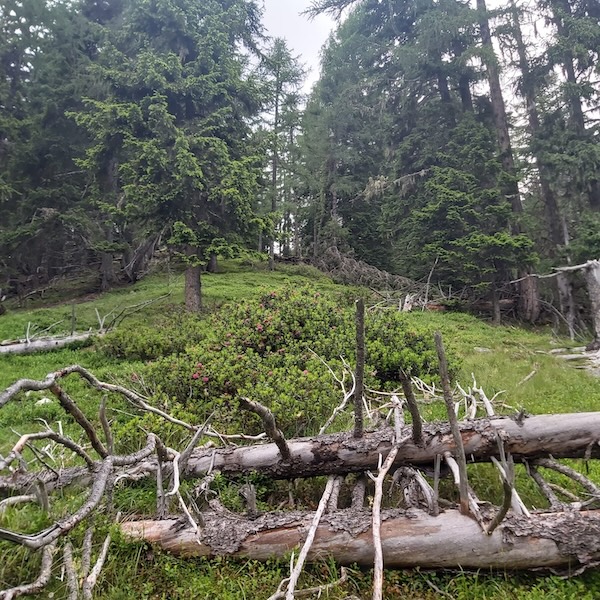
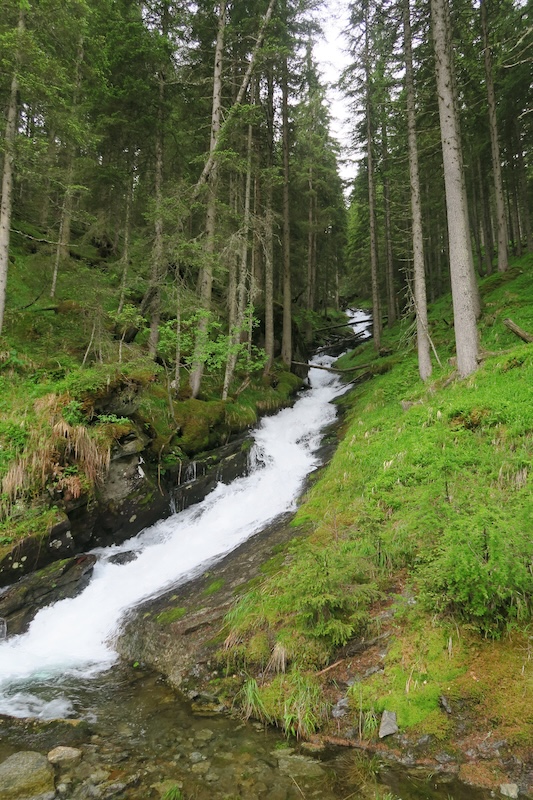
Applied and experimental forest ecosystem research to be carried out in Radlgraben Forest will lead to new potential solutions and new management approaches, which will be evaluated based on best practices and discussed with relevant stakeholders to address effectively soil health and Nature conservation challenges.
The re-establishment of resilient, site-appropriate forests is a major challenge. Currently, solutions are focused on soil/forest stand resilience based on increased deadwood retention and mixed native reforestation material, but further issues will be addressed such as natural regeneration, potential natural forest community and forest genetics. These issues are key to allow a deeper understanding of the relationships between forest management, soil development and soil life and additional reference areas (experimental sites) will be defined for building evidence related to ecosystem health.
The Radlgraben Forest is a challenging terrain for conducting tests on scientific methods and technologies, due to its limited accessibility, lack of electricity and communication networks as well as to its extensive size. Specific technologies therefore need to be to implemented when buiding a local infrastructure which can exploit the systematic long-term recordings of ecosystem data for research purposes.
